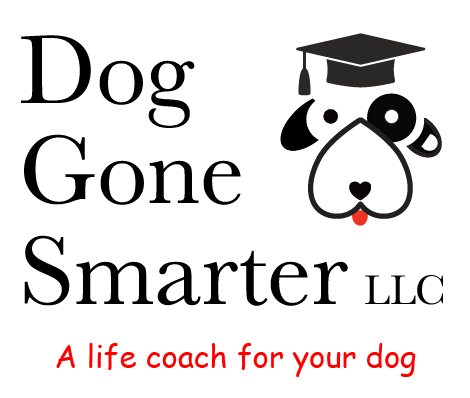Learn about counterconditioning and positive reinforcement. Two powerful and effective tools to help build assuredness and boost confidence in your pup!
Desensitization
Does your dog bark at every passing car, or get the zoomies every time the door chime rings?
Read further to learn how to harness the power of counterconditioning and positive reinforcement. It could be just the trick to help you keep your sanity and help your pup build confidence, reduce stress and feel calmer in our go-go world.
Watch this Black Labrador’s Zoomies
Conditioning
When your dog has the zoomies, he’s just experiencing fear. For some, it is fear plus unbridled exuberance, often made worse by poor impulse control, and positive reinforcement (by onlookers).
Luckily all of these behavioral issues can be reduced and eliminated thru the proper use of conditioning, positive reinforcement and improved impulse control.
Classical conditioning occurs when two “things” occur together in time and proximity or by association. All animals learn thru association. It’s occurring naturally all the time, whether you are training your pup or not. So when you read the word conditioning – think learning.
When you are training your pup to sit, for instance, you train your pup to associate praise when you say “Buttons Sit,” and he happens to plop down into a sit. .
One activity (sitting) has no real value, but now it is associated with another item of value – a verbal reward and/or a nice tasty treat.
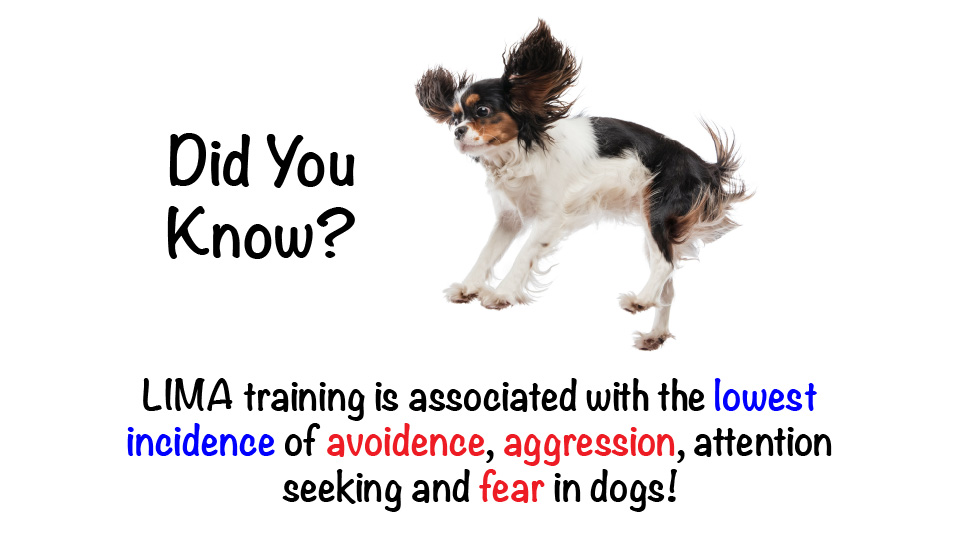
Counterconditioning versus Desensitization
Counter means to change and conditioning we already mentioned, means to learn. So counterconditioning is the process of changing your dog’s behavior (feeling or response) that was learned thru conditioning.
Desensitization is the process of getting your pup used to something (e.g. loud noises, sound of your keys or chime) by exposing them to low levels of a stimulus, and then slowly increasing the stimulus to full force over time.
During desensitization, treats should be paired to calming praise.
I have also found it useful to “turn on” the dog’s thinking when he is feeling overwhelmed.
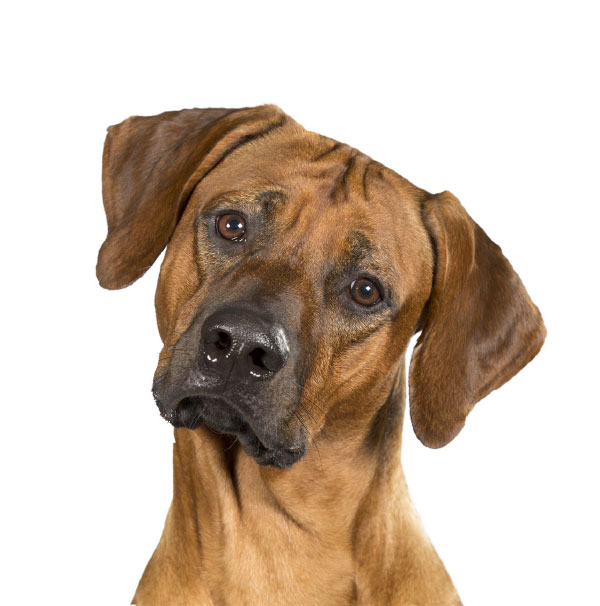
Thinking dog’s are naturally less fearful. When your dog is feeling stressed, try and get them to think. Ask your dog to sit or come to you for an immediate reward.
Signs of Distress
An important aspect to helping your pup overcome fear, is the early recognition that something is causing them distress.
Learn to recognize the subtle signs that your pup is experiencing anxiety. As soon as you recognize obvious signs of fear, roll the tape back in your mind.
What was your pup doing before the barking and the zoomies? Was he panting? Maybe he was pacing back and forth or whining? Perhaps her tail is down; or her hackles are raised?
Example: Puddles gets the zoomies with every passing car.
Let’s say you are out walking Puddles in your neighborhood. A car approaches and Puddles tenses up. Her hackles raise and she starts pulling on the leash. As the car nears, her behavior worsens until she is zooming around you uncontrollably, barking and nipping at your pant leg.
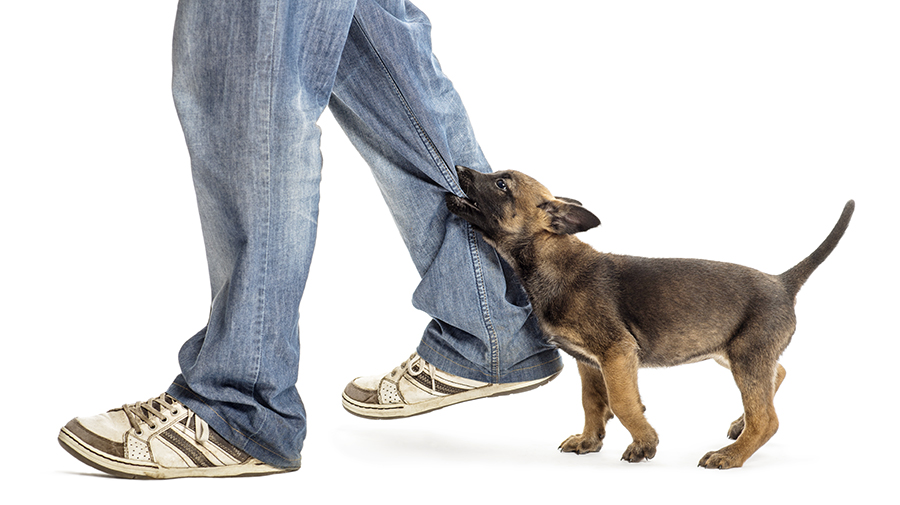

The Fix for Puddles
Take Puddles out for a walk again and bring her absolute favorite treats along. Find a place in your neighborhood where there is a bit more distance to the cars, and the cars drive by more predictably.
When you see a car approaching, get Puddles’ attention. Not so that Puddles doesn’t see the car approaching, but instead so that Puddles sees you and the car.
Then take out her favorite treats and ask Puddles to sit. As soon as Puddles sits, say “Good girl Puddles,” in a calm cheerful voice. Hold the treat in front of her nose as the car passes by and then repeat your praise and give Puddles the treat.
Have a second treat ready in the same hand and say “Puddles down.” Use the treat to encourage Puddles to lay down and maintain composure if necessary. Food, coupled with our attention, is often the best reinforcer for any behavior.
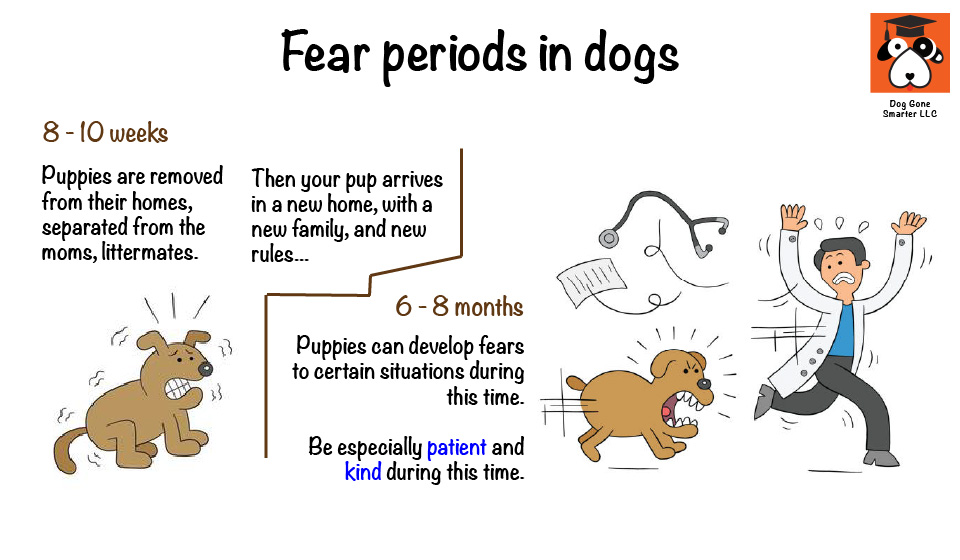
With repeated pairings of your pup’s favorite reinforcers (e.g. food, toys) and exposure to cars, your pup begin to have a different emotional response to the sight of cars on your walks.
Since fear and excitement are often conflated by animals, it won’t be a big emotional leap for your pup to now get happy and excited when she sees a car approaching.
Erik Muenker
Master Trainer
Dog Gone Smarter LLC


